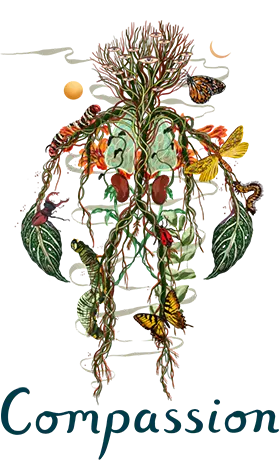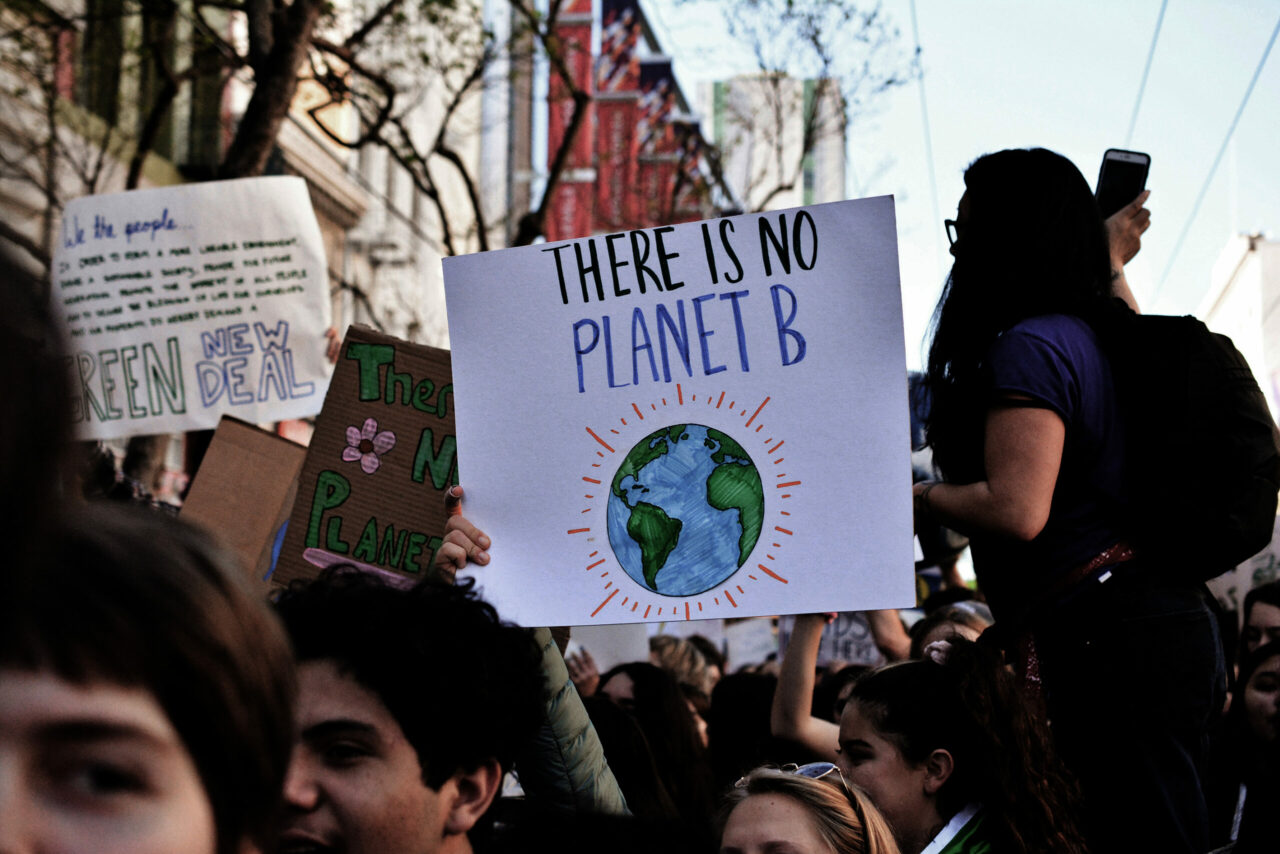
Why we need diversity in environmentalism: Part 1

This is a two part article. Look out for part two coming soon!
Each month we write a couple of articles inspired by one of our ReWild Yourself Champions. This month, following our interview with Acoustic Biologist and Wildlife DJ, Ben Mirin (check it out here), one thing Ben said in particular really stood out…
So many doorways into this world of conservation seem like they are closed…But the future of the planet concerns everyone, and if we don’t open those doors, we are doing a dis-service to our future.

In response to his important issue raised by Ben, we decided to take a closer look at diversity, representation and inclusion in environmentalism. It could’t be more relevant or timely ether. As I write this, environmentalists from around the world (including Ben) are meeting in Colombia for COP16, to determine how we can continue in our plight to protect Nature. The host nation has called it the most inclusive in history. But why does it matter.
Before we look at a few reasons why diversity might be a good idea (part 2) let’s look at the current state of things (part 1) .
By David Urry
Disclaimer: I am not an expert and this is a mere dip of the toe into this complex issue.
What exactly do we mean by diversity?
If we look at the Equality Act of 2010, then they list the following as protected characteristics: age; religion and belief; race; disability; sex; sexual orientation; pregnancy and maternity; marriage and civil partnership; gender reassignment. Any direct of indirect indiscrimination of these is illegal. So when we think about diversity, what we want ideally is appropriate representation of individuals from each of these characteristics, or at the very least, equal opportunity and a fair playing field for these individuals to participate.
A ‘perfect’ level of diversity in environmentalism would include proportions of people from each of these characteristics that perfectly reflect proportions found in the larger population. For example, in the UK that would be 50/50 men and woman (0.06% non-binary), 80% white / 20 % non white, 24% people with disabilities / 76% people without a disability.
A level playing field
Of course, this is not always a realistic or appropriate aspiration and individuals and different groups have their own interests and preferences or abilities and there exists built in systemic structures that provide privileged to some and barriers to others. Also, people don’t fit into neat little boxes, and an over emphasis on identity politics can itself embed division and erode communities. Finally, it clearly depends on what population you are trying to reflect / represent. Demographics clearly shift massively in different places and at different scales.
At the very least however, we should try and create a level playing field and equality of opportunity, and in some instances implement positive bias or initiatives that ‘correct’ systemic barriers and move towards equality of outcome. In some instances, we may also look for overrepresentation of certain groups or characteristics in a field, if they have been specifically discriminated against, or accommodating their needs requires specific consideration or consultation (for example people with disabilities).
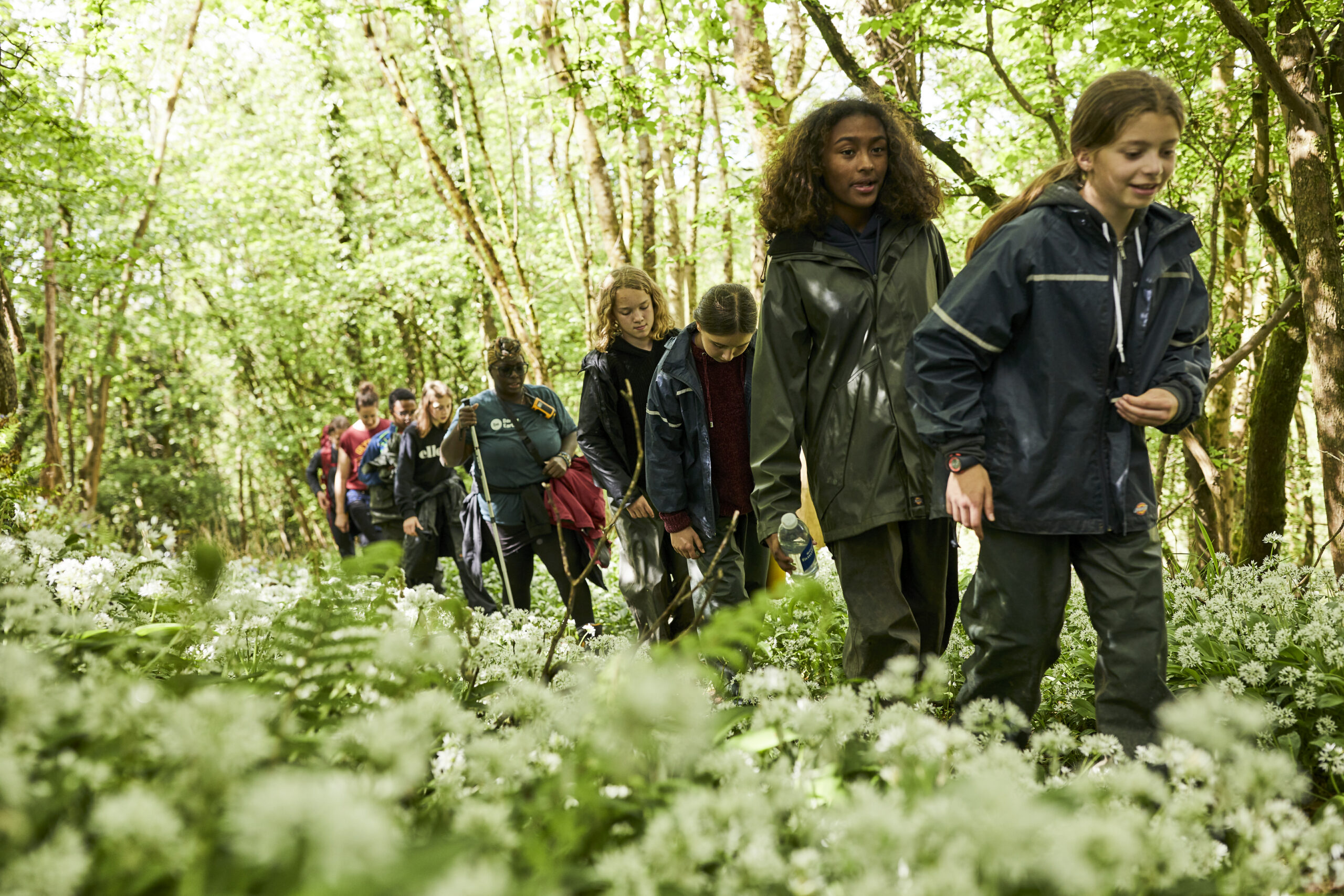
We need all we can get
One important thing to emphasise though, is that any environmentalist, including those currently overrepresented (white men like me for example) is a good thing! We need as many as we can get. Also, just because you are not of a certain race, gender, religion, or sexual orientation, doesn’t mean you can’t clearly advocate for them and take action that will benefit them and the environments in which they live.
The key thing is to be informed and emphatic to the specific needs of different groups, and the best way of doing that is to provide a seat at the table (or a quadrat in the field!), and to ensure that environmentalism is accessible and appealing to all, or as Ben puts it, to make it clear that..
“You’re welcome here, and we need you.”
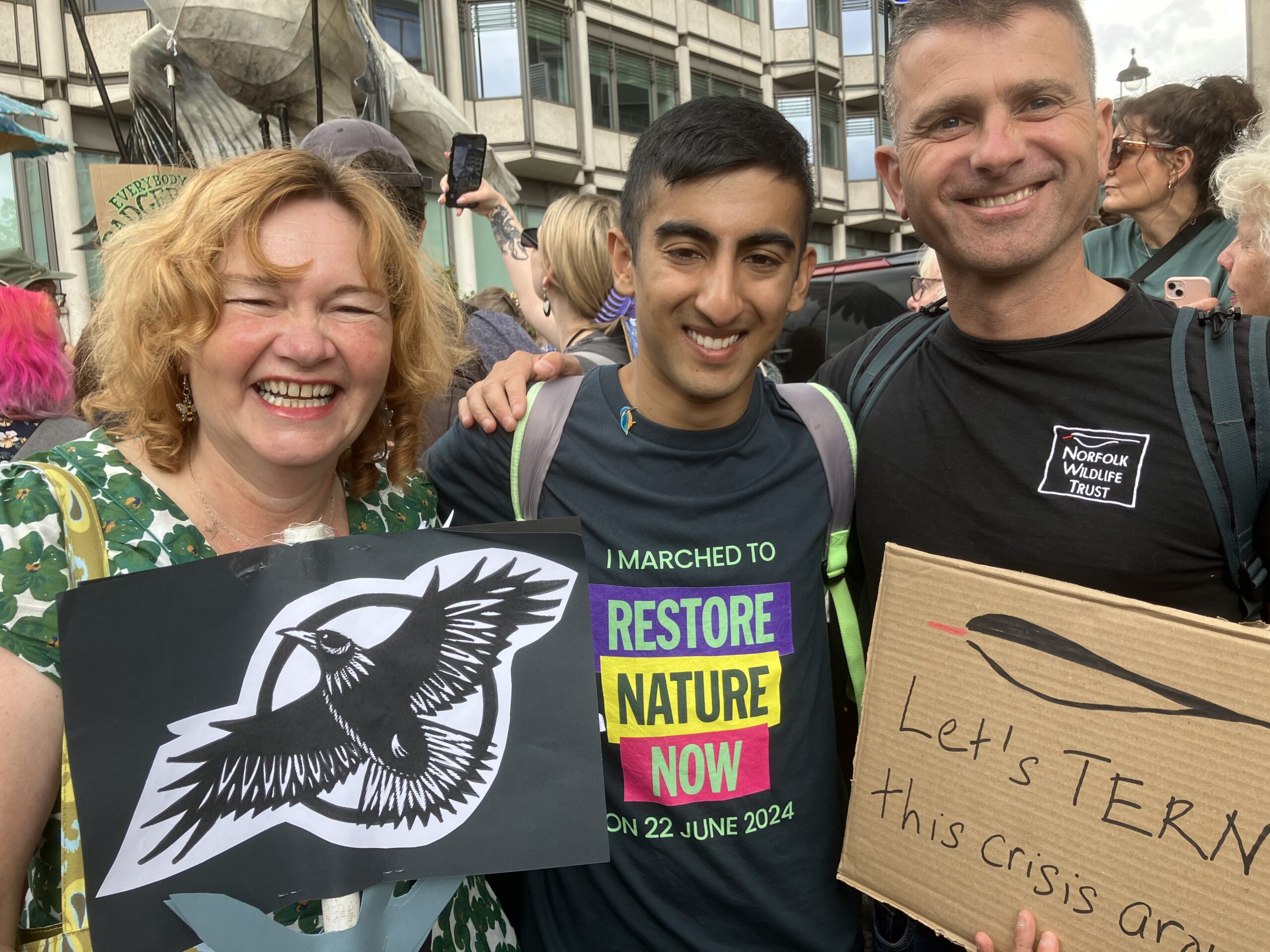
So is there a lack of diversity in environmentalism?
It’s hard to talk on all types of diversity, and there will clearly be regional differences, but in some instabces, tehre is clearly a lack of diversity. If we take racial diversity as an example, according to Policy Exchange report, “‘Environment professionals’ are one of the least racially diverse professions in the UK, with just 4.81% identifying as Black, Asian or from other minority ethnic groups, compared to 12.64% across all UK professions.”
It doesn’t look like changing any time soon ether, with only 6-14% of students studying environment related from minority ethnic backgrounds, compared to a national average of 26% nation.
This is borne out in other data, for example a recent study looking at climate policy and action events in Bristol, showed that ethnic minority voices make up only around 3% of climate policy and action discussions, speaking only 1-2% of the time, on average, compared to white men, who spoke for 64% of the time.

Men v Women
However with other characteristics we see different stories, and it isn’t always clear cut. For example, across the EU the number of men v women in jobs associated with environmental protection in 2020 was almost equal, yet if we consider the broader banner of ‘green jobs’ we are seeing an emerging gender gap, with just 6 percent of women (who work in advanced economies) holding green jobs, compared to over 20 percent of working men.
To make matters more confusing, it is women who tend to show more pro environmental behaviour more broadly, whether it be recycling, more ethical consumerism, or volunteering for environmental causes. So, the details and specifics matter but unless we look out for them, we miss changes to give everyone a fair chance to participate and benefit.

Interesting cases of overrepresentation
And then we have a few interesting cases of overrepresentation in environmentalism, from two groups that are too often the victims of direct or indirect indiscrimination: people who are neurodivergent, and people who identify as queer.
A LinkedIn survey of people working in sustainability roles showed that 57% of the respondents identified as neurodivergent, which is an umbrella term for people who experience and interact with the world around them in many different ways (ADHD, autism dyslexia etc). This compares to a national average of 14%. Even taking into account potential biases in the survey or sample, size, it suggests something interesting is going on (more on that in part 2).
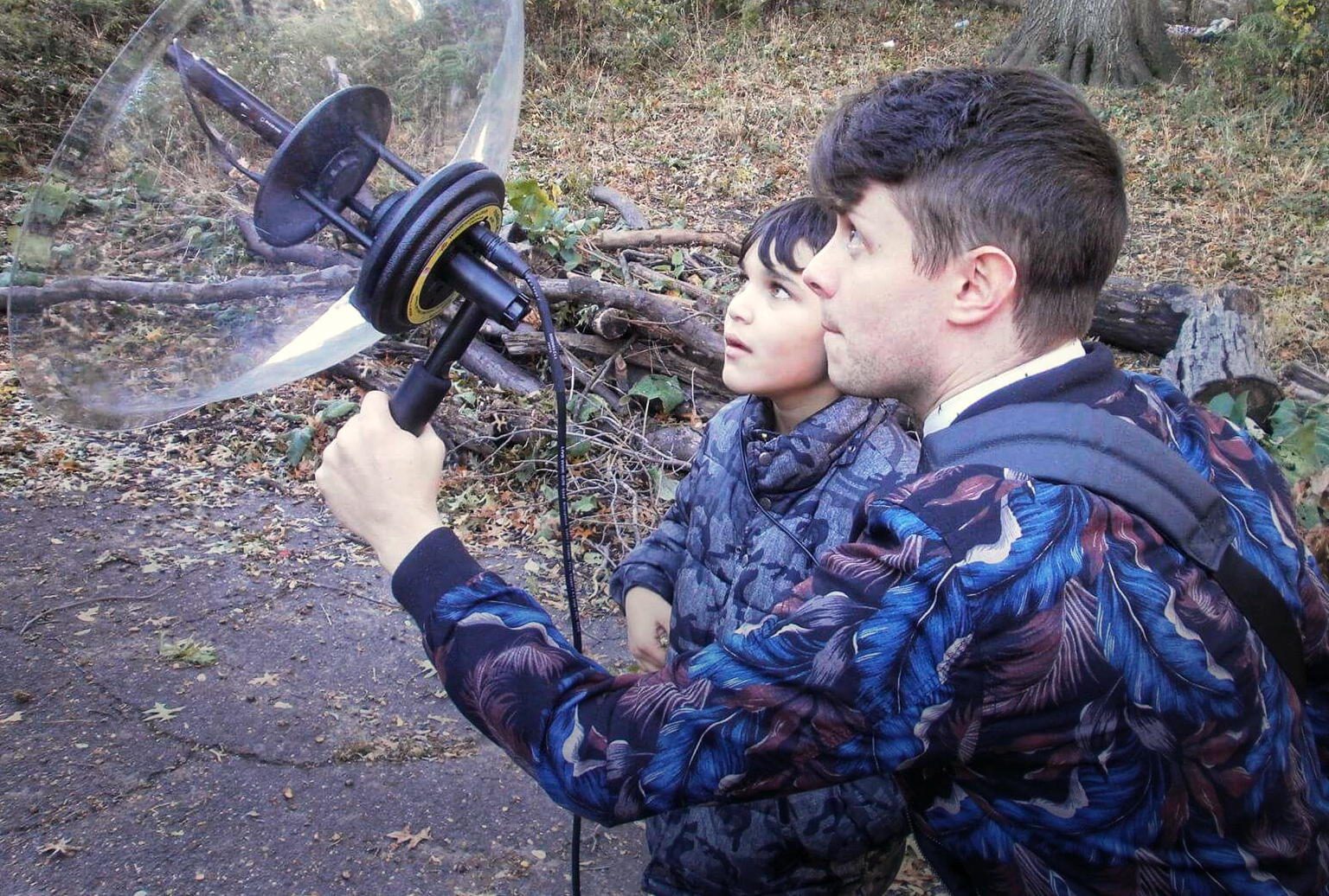
Then there is a good deal of research over the last ten years showing that people who identify as queer are more likely to care about the environment or be engaged in environmentalism in some way. One study suggests that gay, lesbian and bisexual people were more than twice as likely to join environmental movements compared to straight people.
Why that is, is an interesting question, some claim it could be a heightened awareness of inequalities, others theorize that people identifying as queer are more likely to be the victims of environmental crises, so are more engaged. Either way, there is clearly something to learn from both people identifying as queer and those identifying as neurodivergent that might help us address high levels of environmental apathy and inaction in the wider population.
Next up, we look at four more reasons why we need more diversity in environmentalism.
Part two coming soon.

Find out more….

Join Our Community...
Sign up for stories, tips and inspiration from around the globe.





